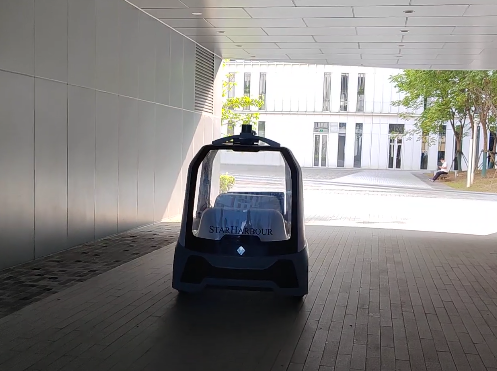| Solution Feature |
- BIM Integration for Precise Navigation: enables precise navigation through the tunnel network, ensuring the robot can locate filter positions with accuracy. The BIM data also helps in optimizing cleaning routes, minimizing the robot's travel time, and avoiding obstacles.
- Autonomous Operation: reducing the need for human intervention, can independently plan its cleaning missions based on the BIM data and execute them efficiently. This feature significantly reduces labor costs and enhances operational efficiency.
- Safety Systems and Monitoring: The robot includes robust safety features such as emergency stop mechanisms, real-time air quality monitoring, and collision avoidance systems. These safety systems help prevent accidents and ensure the well-being of both the robot and tunnel workers.
- Data-Driven Maintenance and Reporting: After each cleaning operation, it updates the BIM model with maintenance records, filter status, and any observed anomalies. This data-driven approach provides insights into the condition of tunnel infrastructure, enabling predictive maintenance planning and resource allocation.
- Efficient Task Planning: Leveraging the BIM data, the robot autonomously plans cleaning missions, optimizing routes, and prioritizing filter cleaning tasks. This feature reduces downtime and ensures that filters are cleaned efficiently, contributing to improved tunnel maintenance.



|



